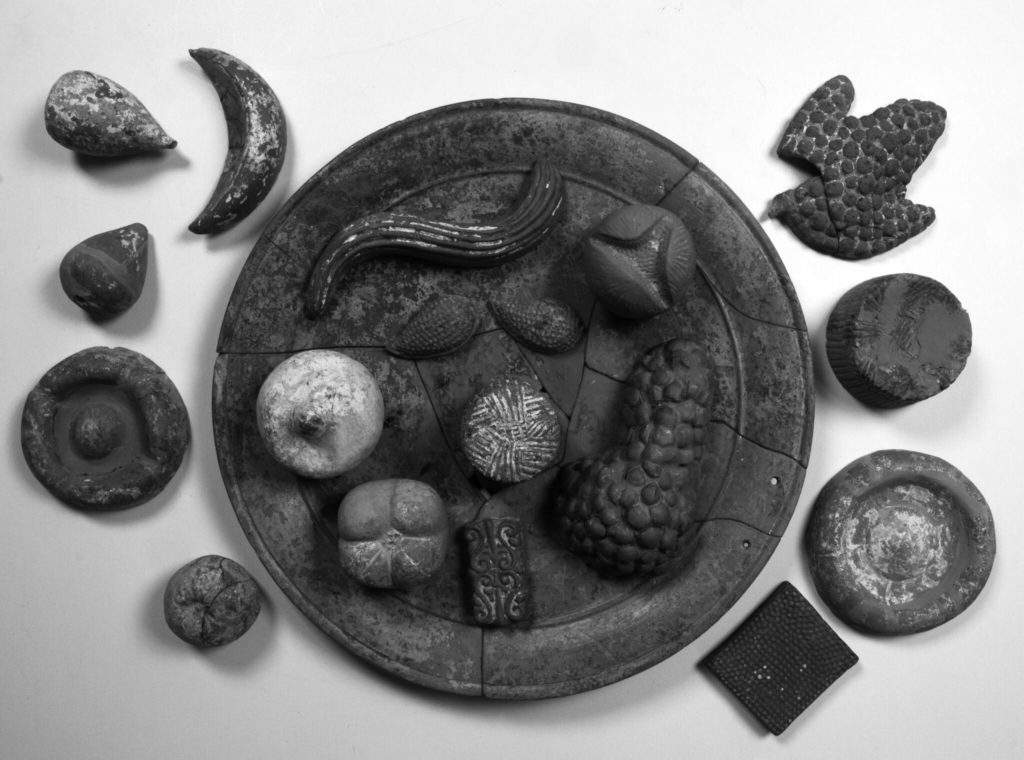
On a fateful day in October 78 CE, Mount Vesuvius woke up from its 500-year long dormant sleep and began to spew thousands of tons of molten ash into the air above the Bay of Naples sealing down the fate of Pompeii, Herculaneum, Oplantis and villages around the Sarna River. The blast was so fierce that the ashes reached as high as 30,000 feet – the usual height of flying planes today – and the rocks and debris rained down as piercing rockets raising the temperature to 350 centigrade, engulfing habitation, valleys and even the Bay with ten to thirty metres of smouldering ash. Though there had been earthquakes and other signs preceding this dramatic eruption, the cataclysmic catastrophe caught everyone by surprise and in the process, humans, cattle, crops and vegetation all perished, mostly turning into sheer dark rubble. Trying to escape searing heat and suffocating ash and smoke, many desperate residents sought shelter within the inner chambers of their houses but to no avail as death suffused the city as a triumphant scourge.
Comparatively an affluent Roman region, Pompeii and its environ prided itself on prosperity, which often came through a rich and diverse cuisine with wine being a vital part. Largely a community of traders, wine growers, cattle breeders and soldiers, these residents had acculturated several Etruscan, Greek and Egyptian mores and religious practices. They mainly worshipped Bacchus, Venus and Hercules, to whom offerings were made through food and wine, and their human-like characteristics, as later discovered on murals and frescos, allowed a greater sense of conviviality. Bacchus, the god of wine, is shown in some of those excavated murals covered in grape bunches. Elaborate winemaking utensils, vases, pans, ladles, jugs and cups made of terracotta, bronze and silver once adorned shops and wineries all across the region. A mural shows people having a relaxed family meal when one of them starts to sing while being served wine and food by the slaves. Corn came in from Egypt, as did a few beliefs including the concept of life after death where the funerary customs and arrangements had to ensure enough provisions for the next phase. After cremation, ashes were buried in specially designed terracotta urns—not of minor sizes but more like raised tombs with the statue of the deceased anchored on the top. One mural shows a woman’s journey in a covered kind of canopy in a standing posture—almost alive—led by priests and followed by maidens carrying food. Offering of food to Bacchus were a particular feature when warriors would return from battlefields.
Wealthy inhabitants of Pompeii and the region, owned elaborately built houses with atriums boasting opulence as well as statues of the wine god. Inner gardens and fields all the way from the slopes of Mount Vesuvius to Sarno River provided an ample supply of staple food. The bay and the river were a reliable source of a variety of fish thus making Pompeii self-sufficient and even able to export surplus food items to other areas. Pompeii was located in a bountiful region in Italy, more like Tuscany—where diverse professions, multiple products and cross-cultural interactions underwrote leisure and pleasure with food and drinks heralding comparatively luxurious lifestyles, away from the drudgeries of a routine life further south. Commercially, an ideal location ensured a reasonable supply of wealth whereas cultural and ethnic linkages with the Mediterranean regions all the way from the Levant to France inducted an interesting blend of commodities and customs. Despite their propensity for more emancipatory habits, wealthy Pompeiians were not totally narcissist or hedonistic people, displaying a spiritual side, which manifested in their belief in deities. They made offerings of wine and food at temples and distributed food amongst less privileged residents. For instance, the bakery at the House of the Chaste Lovers reveals elaborate arrangements for raising flour, usage of efficient metallic utensils for baking bread and cakes besides extensive grain storage facilities making their set-up more than just a small outlet. Skeletons of donkeys and mules found in the bakery witness the significant volume of baking and trading activities at the premises.
The rest of this article is only available to subscribers.
Access our entire archive of 350+ articles from the world's leading writers on Islam.
Only £3.30/month, cancel anytime.
Already subscribed? Log in here.
Not convinced? Read this: why should I subscribe to Critical Muslim?